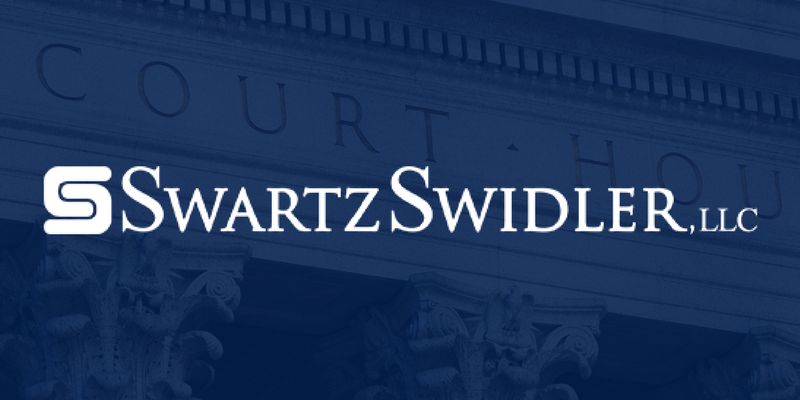Employers must ensure that they prevent illegal harassment and discrimination based on the protected characteristics of their applicants and employees in the workplace in all aspects of employment. The prohibitions against discrimination and harassment in the workplace are outlined under Title VII of the Civil Rights Act of 1964 and other relevant federal and state laws. While workplace bullying is generally not illegal, it can be when it is based on the protected characteristics of the victims. Even when it is not illegal, workplace bullying should be addressed because it can lead to low morale, reduced productivity, and high turnover rates. Here’s what you should know about workplace bullying, harassment, and discrimination in 2022 from the attorneys at Swartz Swidler.
Understanding Prohibited Discrimination
Discrimination in the workplace that is based on the following protected characteristics of applicants or employees is illegal:
- National origin
- Citizenship status
- Religion
- Color
- Race
- Sex
- Gender identity
- Sexual orientation
- Genetic information
- Disability
- Age
- Pregnancy
The prohibition against workplace discrimination based on these characteristics applies to all aspects of the employment relationship, including recruiting, advertising, interviewing, hiring, salaries, job assignments, discipline, demotions, layoffs, and terminations.
Discrimination occurs when an employer treats an applicant or employee unfairly based on his or her protected characteristics. While the federal anti-discrimination laws only apply to employers with 15 or 20 employees, the New Jersey Law Against Discrimination prohibits discrimination by employers of any size.
Harassment
Workplace harassment can also be illegal in the workplace when it is severe or pervasive enough that it creates a hostile work environment. Single incidents might not be enough to support a viable harassment claim unless they are very severe. Hostile work environment harassment occurs when there is a continuous pattern of harassment based on the victim’s protected characters. Some examples of harassment include the following:
- Ethnic or racist slurs
- Offensive jokes
- Derogatory remarks
- Racist or pornographic displays
- Insults
- Explicit texts or emails
- Unwanted touching
- Unwelcome advances
- Intrusive questions
The second form of harassment is quid pro quo harassment. This type of harassment occurs when a person in a position of authority over an employee conditions job benefits or discipline on the employee’s agreement to engage in sex acts.
Whenever harassment occurs, employees should report it to their company’s human resource department or according to their company’s policies. Their employers must promptly investigate their complaints and take prompt action to end the harassment. If the employers fail to act, they can be liable to pay damages in a harassment complaint.
Workplace Bullying
Bullying in the workplace might or might not be illegal. If an employee is bullied in the workplace because of his or her protected characteristics, it is unlawful. By contrast, if the bullying behavior is not based on the victim’s protected characteristics, it might not be illegal.
Even when bullying is not illegal, employers should still take action to end it. Bullying can threaten workplace safety, productivity, and morale. Some examples of workplace bullying include the following:
- Cursing at employees
- Yelling at employees
- Isolating employees
- Excluding employees
- Intimidation
- Assigning unnecessary tasks
- Assigning so much work that it’s impossible to complete
- Deliberately inconveniencing employees in scheduling
- Withholding information an employee needs to perform his or her job
Negative feedback from a supervisor about your work performance will not necessarily constitute bullying, harassment, or discrimination when the feedback is valid. However, supervisors and managers should be sensitive when providing negative feedback to individual employees and should take care to avoid berating or belittling individuals.
What to Do
If you are being bullied at work, you can bring the situation to the attention of the human resources department. While the conduct might not be illegal, savvy employers will respond by taking corrective action against the bully.
If you are being illegally harassed or discriminated against based on your protected characteristics, you should document each incident together with the dates, times, and names of everyone present. Gather other evidence, including text messages, emails, performance evaluations, and others, and store them away from the workplace. File an internal complaint according to your company’s reporting policy. If your employer fails to investigate your complaint or retaliates against you for filing it, you should reach out to an experienced attorney as soon as possible.
Speak to Swartz Swidler
If you believe that you are the victim of illegal and unfavorable treatment at your job, you should consult an employment lawyer at Swartz Swidler to learn about your legal options. Call us today at (856) 685-7420 for a free case evaluation.







